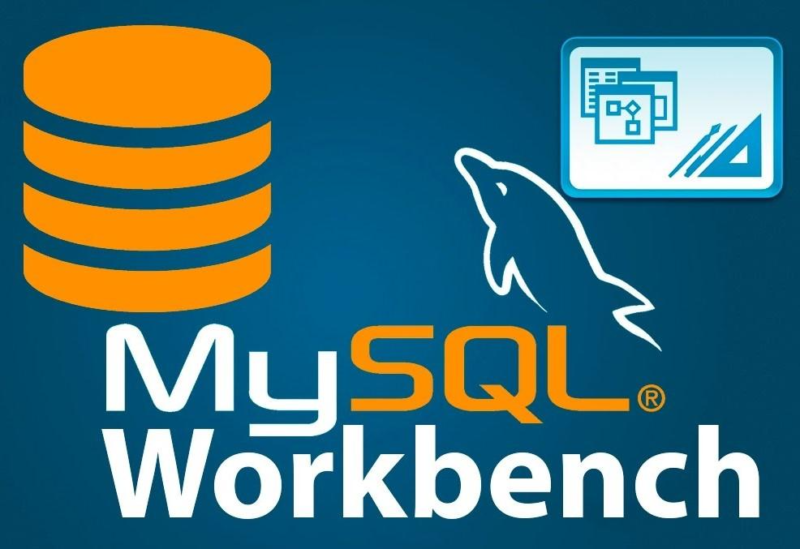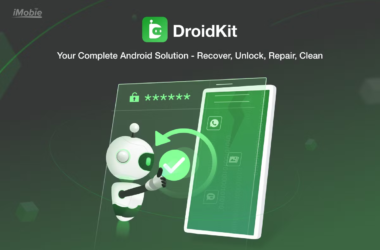MySQL Workbench has entrenched itself as a powerhouse in the arena of database management tools, offering a plethora of features that streamline the complexities of database administration. As we embark on an exploration of MySQL Workbench alternatives, this article aims to dissect its attributes, expose its limitations, and shed light on the unique factors that distinguish it from the competition.
MySQL Workbench Features: A Visual Symphony
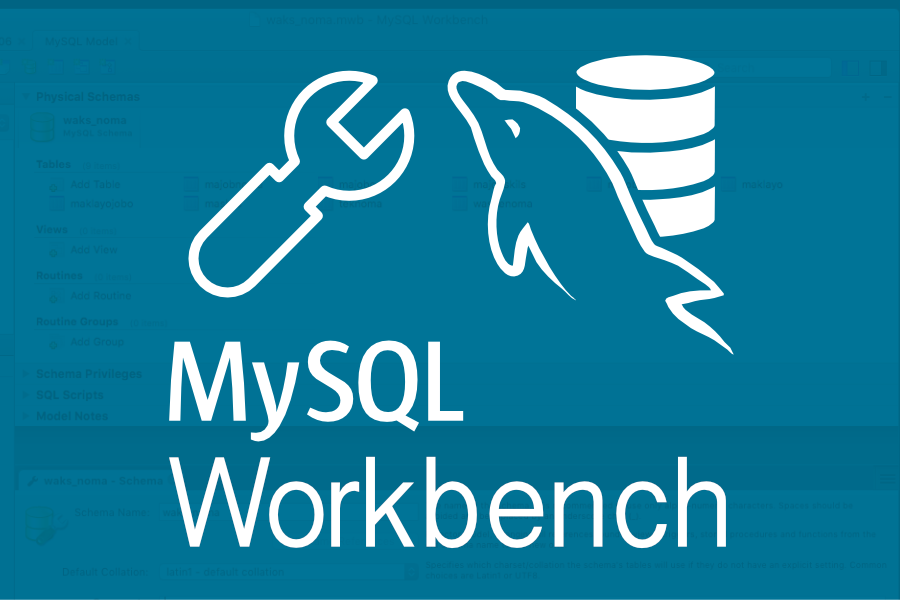
Visual Database Design: Crafting Intuitively
At the heart of MySQL Workbench lies an intuitive visual database design interface. This feature empowers users to create, modify, and manage databases seamlessly through a graphical representation, making complex structures comprehensible at a glance.
SQL Development and Editing: The Code Maestro
For developers, MySQL Workbench serves as a code maestro. Its robust SQL editor provides a conducive environment for efficient coding and editing, propelling the database development process forward with finesse.
Performance Tuning: Orchestrating Optimal Responsiveness
One of MySQL Workbench’s standout features is its performance tuning capabilities. Database administrators can fine-tune performance parameters, optimizing responsiveness and ensuring databases operate at peak efficiency.
Cross-Platform Functionality: Bridging Operating System Gaps
MySQL Workbench’s cross-platform compatibility is a testament to its versatility. Whether on Windows, macOS, or Linux, users experience a seamless and consistent interface, fostering accessibility across diverse operating systems.
Limitations of MySQL Workbench: Navigating the Challenges
Resource Intensiveness: A Heavy Burden
While MySQL Workbench excels in functionality, its resource-intensive nature can pose challenges, particularly for users operating on less powerful hardware. Resource management becomes paramount to maintain smooth operations.
Learning Curve: The Steep Ascent
For newcomers, the learning curve associated with MySQL Workbench can be steep, especially when delving into advanced functionalities. A commitment to mastering the tool is necessary for harnessing its full potential.
Lack of Real-Time Collaboration: A Teamwork Dilemma
Real-time collaboration is an essential feature for modern teams, yet MySQL Workbench falls short in this department. Teams seeking seamless collaboration may find themselves seeking alternatives with collaborative prowess.
What Sets MySQL Workbench Apart: Unique Selling Points
Robust Community Support: A Pillar of Strength
MySQL Workbench’s strength lies not only in its features but also in its robust community support. A vibrant user community actively contributes to forums, providing insights, solutions, and a sense of camaraderie.
Integration Capabilities: Seamlessly Connected
The tool’s seamless integration with MySQL databases is a standout feature. It offers a holistic solution for database management, ensuring that the interaction between the tool and MySQL databases is fluid and efficient.
The Need For MySQL Workbench Alternative
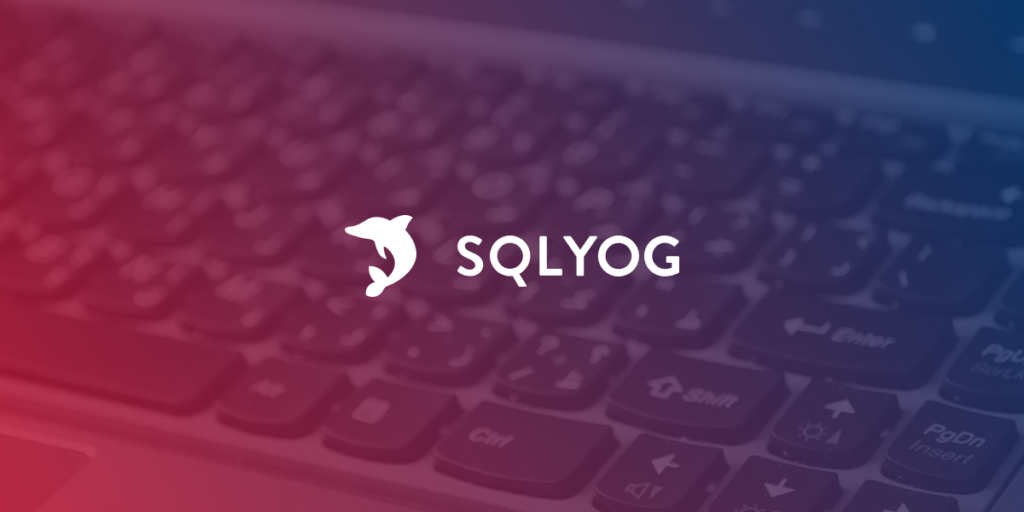
As powerful as MySQL Workbench is, there are instances where the quest for alternatives becomes imperative. Understanding the reasons behind seeking a MySQL Workbench alternative is crucial for making informed decisions about database management tools.
1. Resource Efficiency Concerns
MySQL Workbench’s resource-intensive nature can become a bottleneck for users operating on hardware with limited capabilities. Alternatives that offer comparable functionality with less strain on resources become a compelling choice for those seeking optimal system performance.
2. Diverse Operating Systems Compatibility
While MySQL Workbench prides itself on cross-platform functionality, users on less common or niche operating systems might face compatibility challenges. Exploring alternatives that seamlessly integrate with a broader array of operating systems ensures inclusivity and flexibility for diverse user environments.
3. Real-Time Collaboration Imperatives
In today’s collaborative work environments, real-time collaboration features are often indispensable. MySQL Workbench’s deficiency in this area prompts users, particularly those working in team-oriented settings, to explore alternatives that facilitate seamless and instantaneous collaboration on database management tasks.
4. Adaptability to Varied Skill Levels
The learning curve associated with MySQL Workbench, especially for beginners and those unfamiliar with advanced functionalities, can be a deterrent. Alternative tools that offer a smoother learning curve while providing robust features become attractive options for users seeking a balance between functionality and ease of use.
Commonly Used MySQL Workbench Alternatives For Database Management
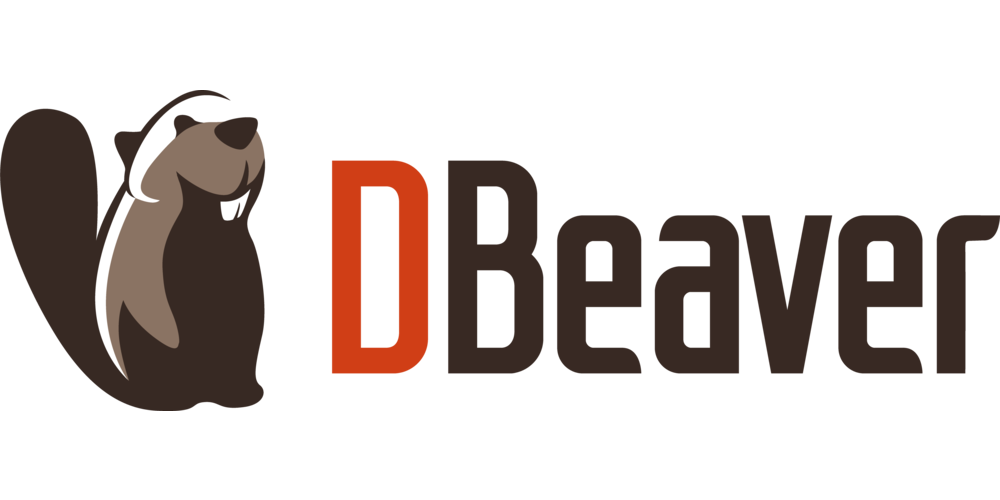
1. DBeaver: A Universal Database Tool
DBeaver stands out as an open-source, universal database tool that caters to diverse database management needs. Its user-friendly interface and extensive support for various databases, including MySQL, PostgreSQL, and SQLite, make it a compelling choice for developers and administrators alike.
Key Features:
DBeaver’s appeal extends beyond its open-source nature. The visual query builder within DBeaver simplifies the creation of complex queries, providing a valuable resource for users across different skill levels. Moreover, its cross-platform compatibility ensures a consistent user experience on Windows, macOS, and Linux systems, making it a versatile and accessible tool.
Limitations:
While DBeaver’s feature set is expansive, users transitioning from MySQL Workbench may encounter a learning curve. However, the wealth of features compensates for the initial challenges, offering a comprehensive solution for database management.
2. HeidiSQL: Lightweight and Powerful
HeidiSQL, positioned as a lightweight yet powerful alternative, specializes in catering to the database management needs of Windows users. Beyond its streamlined design, HeidiSQL offers a suite of features, including a visual query builder and table editor, making it an excellent choice for those seeking efficiency in Windows-centric environments.
Key Features:
The visual query builder within HeidiSQL enhances the SQL coding experience, providing users with a visual representation of complex queries. Additionally, the table editor simplifies the process of creating and modifying tables, contributing to an efficient and user-friendly database management experience.
Limitations:
It’s worth noting that HeidiSQL’s primary design focus on Windows may limit its accessibility for users operating on other operating systems. However, for Windows enthusiasts, its lightweight design and powerful features make it a standout choice.
3. Navicat: Versatile and Cross-Platform
Navicat, a commercial database management solution, distinguishes itself with its versatility and cross-platform support. With compatibility for MySQL, PostgreSQL, SQL Server, and more, Navicat offers a graphical interface and robust data synchronization capabilities, making it an attractive option for diverse database environments.
Key Features:
Navicat’s data synchronization features simplify the process of maintaining consistent data across multiple databases. Moreover, its cross-platform support ensures a seamless transition for users operating on different operating systems, aligning with the cross-functional nature of MySQL Workbench.
Limitations:
While Navicat excels in functionality, its commercial nature introduces a cost element that users need to consider. This factor may influence the decision-making process, especially for those mindful of budget constraints.
4. SQLyog: Feature-Rich MySQL Management
SQLyog positions itself as a feature-rich MySQL administration tool, offering a visual design editor, query builder, and a range of editions to cater to diverse user needs. Whether you’re a beginner or an experienced database administrator, SQLyog’s feature set provides a comprehensive environment for MySQL management.
Key Features:
The visual design editor in SQLyog simplifies the process of database design, allowing users to create and modify structures with ease. Additionally, the query builder provides a user-friendly interface for creating complex SQL queries, reducing the reliance on extensive coding.
Limitations:
While SQLyog offers a free community edition, users aiming to access advanced features may need to consider the commercial versions. The availability of different editions caters to varied user requirements, but the decision hinges on specific needs and budget considerations.
5. Toad for MySQL: Comprehensive Database Tool
Toad for MySQL, available in both free and commercial editions, stands out as a comprehensive database management tool. Its feature-rich environment encompasses a schema browser, SQL editor, and performance-tuning tools, providing users with a holistic solution for MySQL administration.
Key Features:
Toad’s schema browser offers an organized view of the database structure, facilitating efficient navigation and management. Furthermore, its performance-tuning tools empower users to optimize database responsiveness, ensuring optimal performance in demanding scenarios.
Limitations:
While Toad for MySQL provides an extensive feature set, users new to the tool may find themselves navigating a learning curve. However, the investment in learning is justified by the comprehensive functionalities it offers.
6. DbVisualizer: Universal Database Management
DbVisualizer positions itself as a universal database management tool with support for databases like MySQL and PostgreSQL. Its features include a robust database browser and SQL editor, making it a compelling choice for users seeking a versatile and powerful alternative.
Key Features:
DbVisualizer’s database browser simplifies navigation through intricate database structures, enhancing user efficiency in exploring and understanding databases. The SQL editor provides a platform for coding and executing queries, catering to both novice and experienced users.
Limitations:
While DbVisualizer offers a wealth of functionalities, some users may find the interface slightly complex initially. However, the tool’s capabilities become more apparent and accessible with familiarity and mastery.
7. SQuirreL SQL: Open-Source Database Client
SQuirreL SQL, an open-source database client supporting JDBC-compliant databases, including MySQL, offers a customizable and extensible environment. Its straightforward interface and extensibility through plugins make it a noteworthy choice for those seeking an adaptable alternative.
Key Features:
SQuirreL SQL’s extensibility through plugins allows users to customize the tool based on their specific needs, enhancing its versatility. The straightforward interface ensures users can quickly adapt to the tool’s functionalities.
Limitations:
As an open-source tool, SQuirreL SQL may lack some of the advanced features found in commercial alternatives. However, its extensibility compensates for this, allowing users to tailor the tool to their specific requirements.
8. phpMyAdmin: Web-Based MySQL Management
phpMyAdmin, a web-based tool, simplifies MySQL database administration through its intuitive web interface. It excels in tasks such as database creation, table management, and SQL queries, providing users with a convenient and accessible alternative.
Key Features:
The web-based interface eliminates the need for local installations, making phpMyAdmin accessible from any device with a browser. Additionally, its built-in SQL query interface allows users to execute queries directly within the tool, streamlining the workflow.
Limitations:
Users need a web server to host phpMyAdmin, introducing a dependency that may be a consideration for those seeking a standalone solution. Despite this, its web-based nature contributes to its accessibility and convenience.
Factors To Consider While Choosing The Perfect MySQL Workbench Alternative
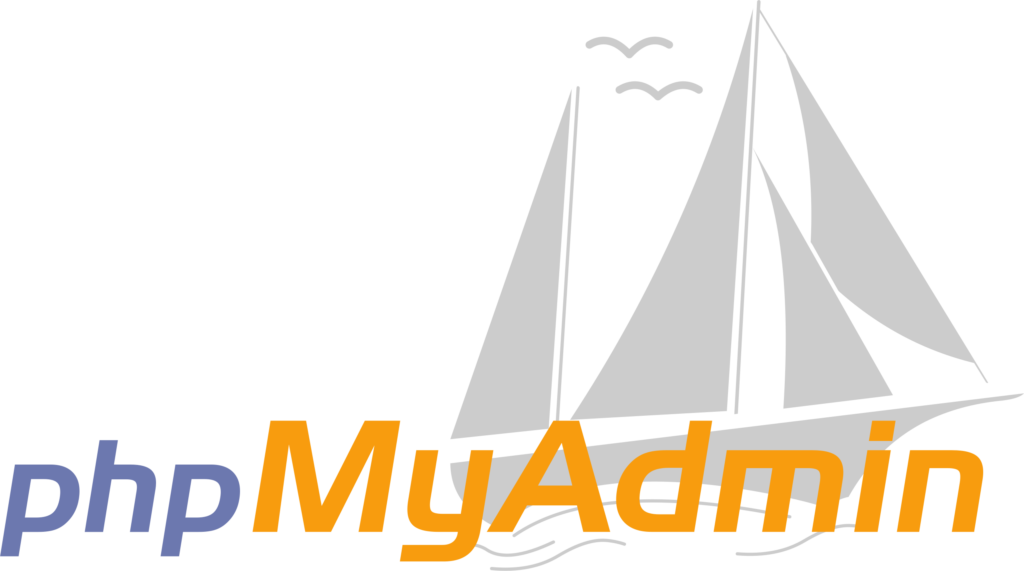
1. Platform Compatibility: Ensuring a Seamless Experience
When venturing into the realm of MySQL Workbench alternatives, one of the primary considerations is platform compatibility. It’s essential to ensure that the chosen tool seamlessly integrates with your operating system, providing a user experience devoid of glitches or compatibility issues. Whether your team operates on Windows, macOS, or Linux, selecting a tool that aligns with your specific platform requirements guarantees a smooth and uninterrupted workflow.
2. Learning Curve: Transitioning Smoothly
Ease of adaptation plays a pivotal role in the selection of a MySQL Workbench alternative. Transitioning from familiar territory to a new database management tool can be a daunting task, especially when considering the learning curve associated with each option. Opting for a tool that aligns with your team’s proficiency levels can significantly reduce the time and effort invested in the adaptation process. A user-friendly interface and intuitive functionalities can be valuable assets in ensuring a smooth transition without compromising on the robust features you require.
3. Feature Set: Aligning With Requirements
The diverse landscape of MySQL Workbench alternatives brings forth an array of features, each catering to specific database management needs. Assessing the specific features offered by each alternative is paramount to aligning the tool with your unique requirements. Whether it’s visual design editors, query builders, or performance tuning tools, understanding the intricacies of each tool’s feature set ensures that your chosen alternative fulfills your organization’s distinct needs. A thorough examination of features guarantees that you’re not only transitioning smoothly but also enhancing your database management capabilities.
4. Community and Support: Building a Supportive Ecosystem
In the dynamic realm of database management, a robust support system is indispensable. When considering MySQL Workbench alternatives, evaluating the strength of the user community and available support structures is critical. A thriving community provides more than just a forum for discussion—it serves as a valuable resource for troubleshooting, exchanging insights, and continuous improvement. Choosing an alternative with an active and engaged user base ensures that you’re not navigating the complexities of database management alone; instead, you’re part of a supportive ecosystem that contributes to the growth and efficiency of your database management practices.
5. Cost and Licensing: Balancing Budget and Features
For organizations mindful of budget constraints, the cost and licensing models associated with MySQL Workbench alternatives become key decision-making factors. Analyzing the financial implications of each alternative in relation to the features offered helps strike a balance between budget considerations and the functionalities required. Some alternatives may come with a price tag, introducing the need for a judicious investment. Finding the sweet spot between budgetary constraints and the features essential for your database management tasks ensures that you make a sound financial decision without compromising on the capabilities your team needs.
Conclusion: Navigating the Seas of Database Management
In the ever-evolving landscape of database management, MySQL Workbench remains a stalwart, offering a robust set of features coupled with an active and supportive community. However, acknowledging its limitations opens the door to exploration. The alternatives presented—DBeaver, HeidiSQL, Navicat, SQLyog, Toad for MySQL, DbVisualizer, SQuirreL SQL, and phpMyAdmin—offer diverse solutions for various preferences and requirements.
Selecting the perfect MySQL Workbench alternative involves a nuanced consideration of platform compatibility, learning curves, feature sets, community support, and budget constraints. Each alternative brings its unique strengths to the table, empowering users to tailor their choices based on their specific needs. As you navigate the seas of database management, may this guide serve as a compass, leading you to the alternative that best aligns with your goals and aspirations.




